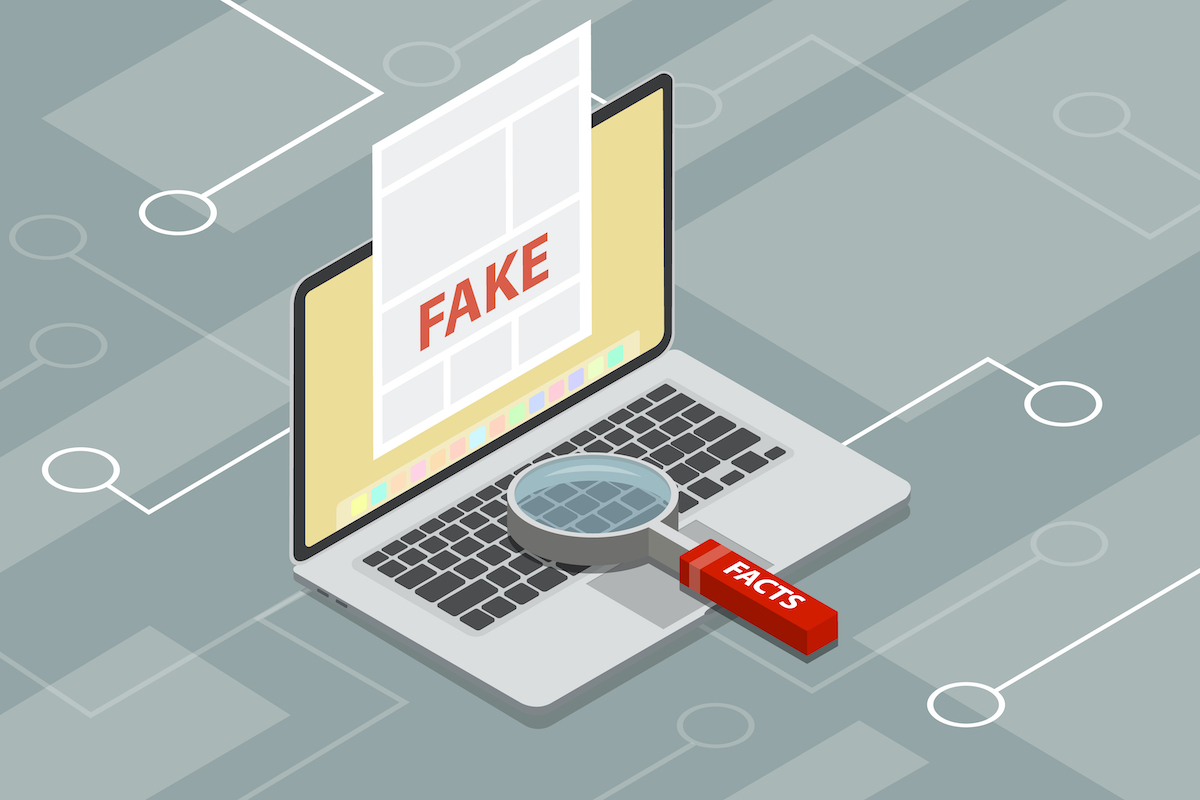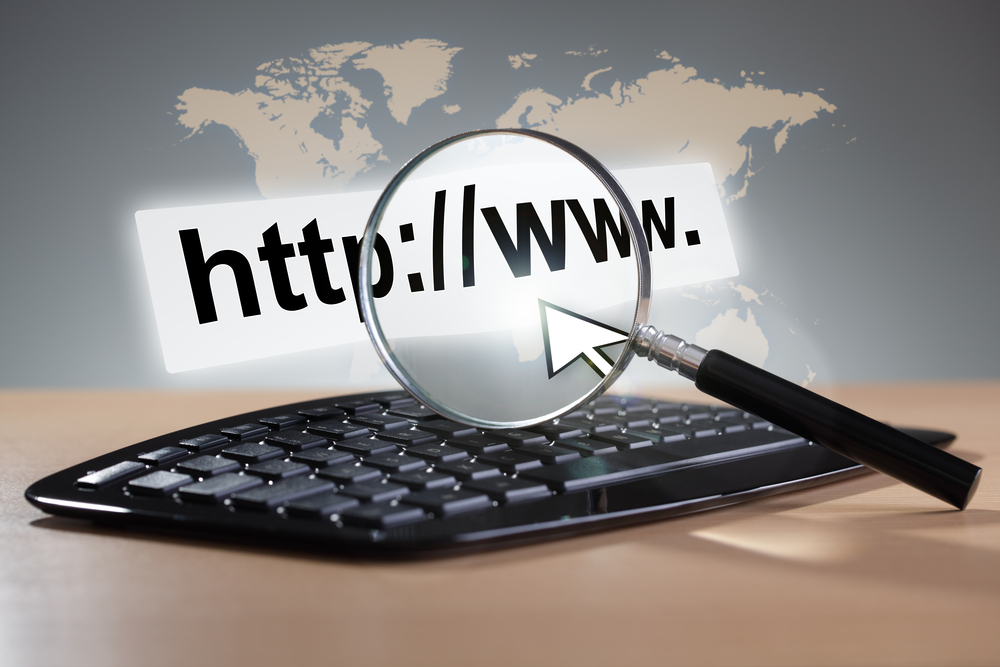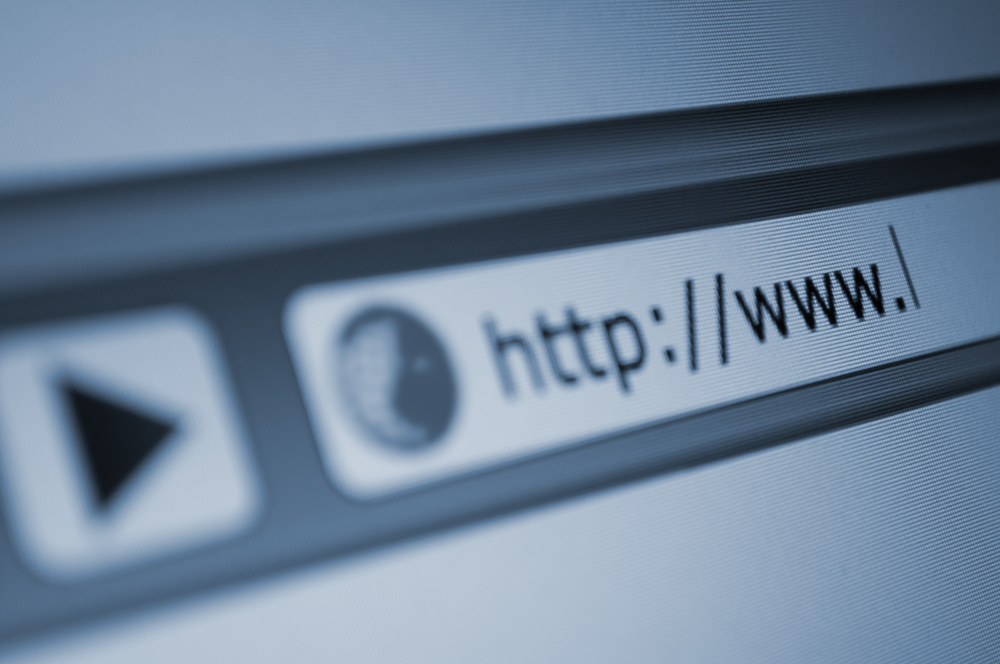Detect Possible Domain Spoofing and Homograph Attacks with Typosquatting Data Feed
Charles Caleb Colton once said that imitation was the sincerest form of flattery. This proverbial expression finds its origins in the 19th century and other historical writings before that. What likely wasn’t foreseen at the time, however, was that certain forms of imitation in the 21st century could give organizations terrible headaches. We are talking about domain spoofing and homograph attacks.
Imitators in our contemporary context can register one or several domain names highly similar to that of an established brand and use these to deceive people and trick them into sharing sensitive information or even transfering funds to fraudulent bank accounts.
Registering copycat domain names of known brands and organizations isn’t the only way to fool victims, though. At the height of coronavirus-themed attacks, the Typosquatting Data Feed proved useful in spotting potentially dangerous footprints containing thousands of domain names with word strings such as “covid” and “coronavirus” combined with “mask,” “vaccine,” “donation,” “lawsuit,” and plenty of others.
In this post, we put the feed’s capabilities to the test to detect spoofed domain names, including Punycode domains, that could be used to abuse employees, customers, and other parties who regularly interact with Lloyds Bank and Apple. We will also show how other sources of intelligence can help learn more about possible impersonators and the infrastructure they use.












































